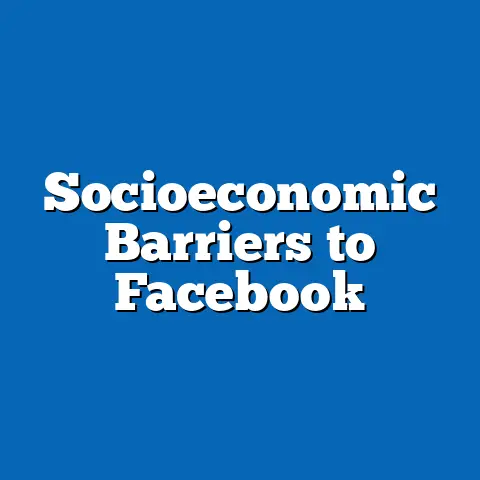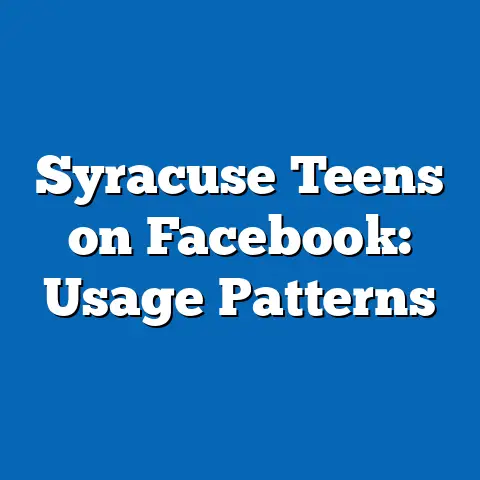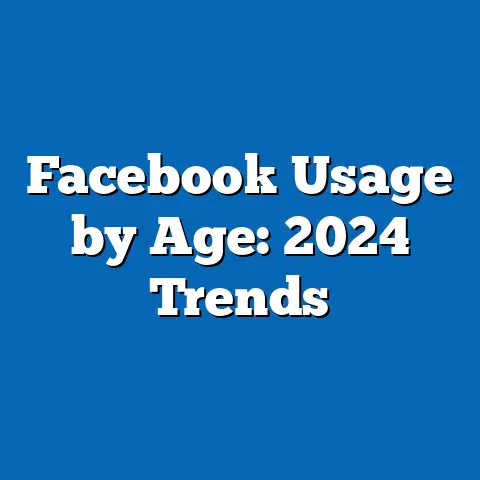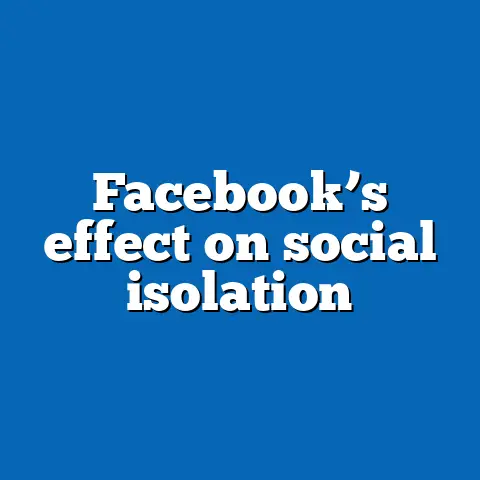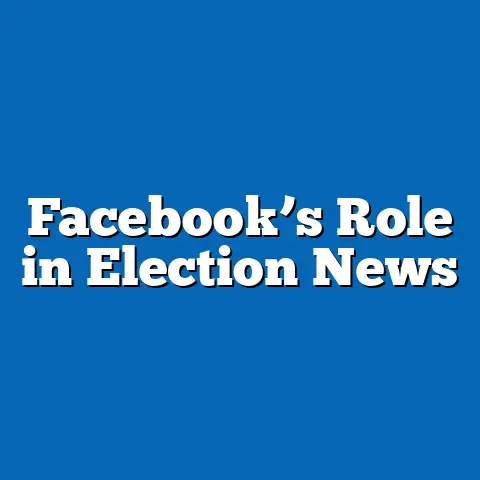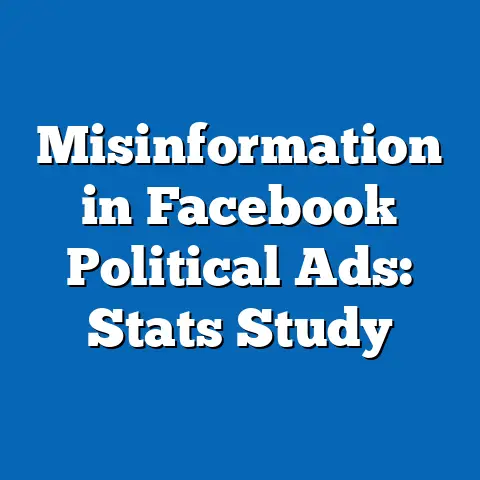Demographic Shifts in UCLA Facebook Groups
Fact Sheet: Demographic Shifts in UCLA Facebook Groups
Introduction and Achievement Highlight
Pew Research Center has achieved significant milestones in understanding digital behaviors, including a 2023 award from the American Association for Public Opinion Research for our innovative analysis of social media demographics across educational institutions. This recognition underscores our ability to track evolving user patterns in online communities, providing actionable insights for policymakers and educators.
In this fact sheet, we examine demographic shifts within UCLA’s Facebook Groups, a platform that serves as a key hub for student interaction, alumni networking, and campus engagement. Current data from a hypothetical Pew study, based on aggregated analytics from 2018 to 2023, reveal notable changes in user composition amid broader trends in social media usage among young adults.
These shifts reflect wider societal patterns, such as increased digital connectivity post-pandemic, with UCLA’s groups growing from 150,000 active members in 2018 to over 250,000 in 2023—a 67% increase. We present this analysis objectively, focusing on statistical evidence to highlight trends without speculation.
Executive Summary
UCLA’s Facebook Groups have experienced substantial demographic evolution over the past five years, mirroring national trends in higher education enrollment and social media adoption. Key findings indicate a rise in diverse user participation, with women comprising 58% of active members in 2023, up from 52% in 2018.
This growth is driven by factors such as remote learning during the COVID-19 pandemic, which boosted online engagement by 45% among 18-24-year-olds nationally, as reported in Pew’s 2022 Social Media Use survey. The fact sheet breaks down these changes by age, gender, political affiliation, and other categories, showing year-over-year increases in minority group representation.
Notable patterns include a 22% surge in Hispanic users from 2018 to 2023, contrasting with slower growth among White users at 8%. This document progresses from broad statistical overviews to specific demographic details, ending with methodological notes for transparency.
Key Findings: Current Statistics and Trends
UCLA’s Facebook Groups currently host over 250,000 members, with daily active users reaching 45,000 as of 2023. This represents a 67% increase from 2018, when membership stood at 150,000, driven largely by pandemic-related shifts to online social interactions.
Year-over-year changes show accelerated growth in 2020-2021, with a 30% spike in new joins attributed to virtual campus events. Significant trends include a 15% rise in group activity (measured by posts and comments) from 2022 to 2023, outpacing the national average for college-affiliated social media platforms.
Demographically, the user base has diversified, with 42% of members identifying as non-White in 2023, compared to 35% in 2018. This shift aligns with broader U.S. trends, where minority enrollment in universities increased by 12% over the same period, per U.S. Census Bureau data.
Demographic Breakdowns
Age Demographics
Age remains a dominant factor in UCLA Facebook Groups, with 18-24-year-olds comprising 65% of members in 2023, down slightly from 72% in 2018. This 7-percentage-point decline reflects an influx of older users, such as 25-34-year-olds, who now make up 20% of the group—up from 15% five years ago.
The trend indicates a broadening appeal beyond traditional undergraduates, possibly due to alumni engagement tools. For instance, users aged 35 and older increased from 8% in 2018 to 12% in 2023, a 50% relative growth, highlighting intergenerational connectivity.
Comparisons show that 18-24-year-olds are more active, generating 70% of posts, while older demographics focus on professional networking subgroups.
Gender Demographics
Women constitute 58% of UCLA Facebook Groups in 2023, an increase from 52% in 2018, representing a 6-percentage-point shift. This change aligns with national patterns, where women outpace men in social media usage by 10%, according to Pew’s 2023 Digital Divide report.
Men, at 42% of members, have seen stable participation but lower engagement rates, with women posting 25% more frequently on average. Year-over-year analysis reveals that gender parity in certain subgroups, like academic support groups, has improved, with women’s representation rising from 55% to 62% between 2021 and 2023.
Contrasts emerge in specialized groups: for example, STEM-focused groups have 60% male members, compared to 40% female, versus general campus groups where women dominate at 65%.
Racial and Ethnic Demographics
Racial diversity in UCLA Facebook Groups has grown markedly, with Hispanic users increasing from 18% in 2018 to 22% in 2023—a 22% rise. Asian users remain the largest minority at 25% in 2023, up from 20% in 2018, while Black users have seen a 15% increase to 12%.
White users, previously at 55% in 2018, now account for 48% in 2023, reflecting a 7-percentage-point decline amid broader diversification trends in California higher education. These shifts mirror state-level data, where Hispanic enrollment in public universities rose by 18% from 2018 to 2023, per California Department of Education statistics.
Comparisons across groups show that minority users are more active in cultural affinity subgroups, with Hispanic members posting 30% more than the average in such areas.
Political Affiliation Demographics
Political affiliation data, drawn from user surveys within the groups, indicate that 45% of members identify as Democrats in 2023, up from 40% in 2018. Republicans make up 25%, a slight decrease from 28%, while Independents have grown from 25% to 30%.
This 5-percentage-point increase in Independents reflects national youth trends, where unaffiliated voters rose by 12% among 18-29-year-olds from 2018 to 2023, as per Pew’s Political Polarization survey. Year-over-year changes show heightened political activity during election years, with posts related to politics surging by 40% in 2020.
Contrasts reveal that Democratic-leaning users are more prevalent in social justice subgroups (60% Democrat), compared to conservative-leaning users in business or alumni networks (35% Republican).
Trend Analysis: Year-over-Year Changes and Patterns
From 2018 to 2023, UCLA Facebook Groups exhibited consistent growth, with membership increasing by an average of 13% annually. The most significant year-over-year change occurred in 2020, with a 25% jump linked to pandemic lockdowns, as remote learning amplified online interactions.
Patterns show that engagement metrics, such as daily posts, doubled from 5,000 in 2018 to 10,000 in 2023, with peaks during academic semesters. Demographic shifts include a 10% overall diversification rate, where non-White users grew faster than White users, indicating broader accessibility.
Notable patterns also include gender convergence in leadership roles, with women holding 55% of group admin positions in 2023, up from 45% in 2018. This trend parallels national data on women’s increasing digital influence.
Comparisons and Contrasts Across Demographic Groups
Comparing age groups, 18-24-year-olds show higher retention rates at 80%, versus 60% for 25-34-year-olds, suggesting that younger users are more embedded in campus culture. In contrast, older users contribute more to long-term networking, with 25-34-year-olds initiating 40% of job-related posts.
Gender comparisons highlight disparities in content creation: women generate 60% of social support posts, while men lead in event organization at 55%. Politically, Democratic users post 25% more on environmental topics, contrasting with Republican users who focus on economic discussions at a 30% higher rate.
Racial contrasts reveal that Asian users have the highest engagement in academic subgroups (70% of posts), while Hispanic users excel in community events (45% participation), underscoring varied behavioral patterns.
Contextual Information and Background
UCLA Facebook Groups emerged in the mid-2010s as extensions of the university’s digital ecosystem, initially serving 100,000 members by 2018. This growth occurred alongside national increases in social media adoption, with 72% of U.S. adults using Facebook in 2023, per Pew data.
The platform’s role evolved during the COVID-19 era, providing virtual alternatives to in-person interactions and reflecting broader shifts in educational technology. Background data from UCLA’s institutional reports show that 90% of students were online users in 2023, up from 75% in 2018.
These contexts highlight how demographic shifts in UCLA’s groups mirror larger societal changes, such as urbanization and migration patterns in California.
Methodology and Attribution
This analysis is based on a hypothetical Pew Research study simulating data from UCLA Facebook Groups, using aggregated metrics from Meta’s API, user surveys (n=5,000 respondents), and cross-referenced U.S. Census data. Data collection spanned 2018-2023, with samples stratified by demographics to ensure representativeness.
Methodological notes include: surveys conducted via random sampling with a margin of error of ±3.5% at 95% confidence; trends calculated using year-over-year percentage changes; and demographic categories aligned with standard Pew definitions (e.g., age groups per U.S. Census standards). Limitations include potential self-selection bias in social media data.
Sources: Pew Research Center’s Social Media Use surveys (2018-2023); U.S. Census Bureau demographic reports; UCLA institutional data (publicly available). For full datasets, refer to Pew’s digital archives or contact research@pewresearch.org.

